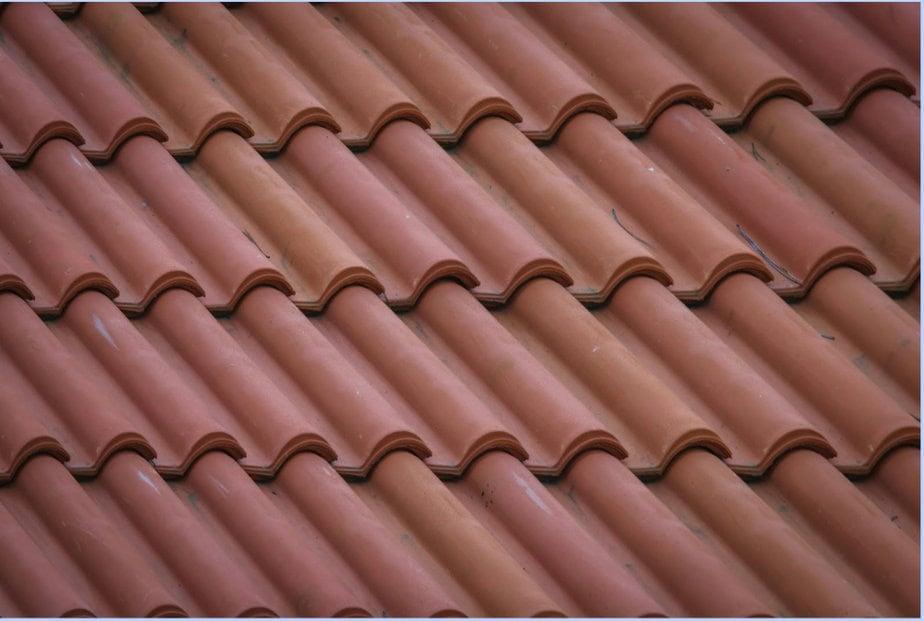A damaged roof is a challenge to contend with and can be a costly replacement whether you’re repairing the entire roof or just a section of it. Regular maintenance is key to making sure your roofing stays in good condition, otherwise, it’s likely to fall into disrepair.
With that being said, if you’re concerned that your roof is damaged and needs replacing, then here are ten steps to do it successfully. This blog will also cover tell-tale signs that your roof needs repairing and the benefits of a roof replacement.
Signs that your roof requires repair
There are often signs that your roof requires repair and knowing what’s needed will ensure your roofing continues to keep the elements out – as well as any furry friends too.
A few signs that your roof requires repair include the following:
Cracked, loose, or missing roof tiles
If you’ve noticed any cracked or loose roof tiles from the ground, then this is a sign that a damaged roof is present. Missing tile roofs are fairly obvious to spot and you might even notice a cracked roof tile that’s fallen onto the ground.
As well as posing a risk to your property, it’s also dangerous for your family members to be walking underneath the property with more roof tiles potentially falling down onto the ground.
Visible sunlight from the roof
Another tell-tale sign of the roof being damaged is going into the attic space itself and searching for any gaps in the roof membrane or tiling itself.
Visible sunlight from the roof is a clear indicator that the roof has become compromised and therefore needs fixing.
Discoloration or moss growth
Discoloration is a sign that something isn’t quite right. Not only discoloration but moss growth is also an indicator that the roof needs inspecting and fixing.
Moss or mold growth can be a real problem if it’s not fixed soon. Make sure you’re removing it before it spreads and gets worse.
The benefits of roof replacements
What are some of the benefits of getting a roof replacement? Aside from the obvious which is to protect your home from damage, a few other benefits include:
- Improved energy efficiency
- Adds value to your home
- Enhances curb appeal
- Safety
- Cost savings in the future
- Reduces the amount of maintenance needed
- Extended lifespan
Ten steps to replace a damaged roof
If you’re looking to replace a damaged roof, then here are ten useful steps to replace a damaged roof.
- Assess the roof condition
The first step to replacing your damaged roof is to check the roof condition as it stands. It might be an isolated problem that you have when it comes to roof damage, so thoroughly assessing your roof can help you figure out the extent of the repair that’s needed.
Over the years, your roof is likely to suffer from a bit of wear and tear. Therefore, it’s always good to check in on your roof regularly to ensure nothing has become so damaged that it needs your attention.
It’s always better to rectify an underlying problem before it becomes so big that it’s more costly as a result. Look for missing or damaged shingles, any areas that are discolored, or water leaks internally that you’ve noticed recently.
- Set a budget that’s affordable
Next, you’ll want to set a budget that’s affordable and that you can spend without putting yourself into debt. A roof repair isn’t cheap by any means, so knowing what you can afford is crucial.
Finding a budget that works for you is important because you want to know what your money will get you when it comes to roofing materials and labor costs.
The labor costs can be just as expensive, if not more expensive than the materials that need replacing. With that being said, it’s good to shop around for some quotes so that you know exactly what you can and cannot afford.
- Choose what roofing materials are required
Materials are an important part of replacing a damaged roof. In some cases, you might only need a bit of the same material to replace the area of the roof. For others, you might need to replace the entirety of the roofing or at least a large chunk that comes at a price.

Therefore, it’s worth being aware of the types of roofing materials that are available and how this influences the budget you have available.
Sometimes, the materials don’t need to be costly. Depending on how high-quality the materials are, will likely influence how much you spend and you might have a specific look you’re after for the roofing.
Consider what materials you can afford and how much you can stretch to depending on the volume of work required. What types of materials are common for roofing?
- Asphalt – This is often considered the most popular material. It’s both durable and affordable, making it an ideal choice for those who are on a budget and need a go-to option that’s not going to break the bank.
- Slate or tile – Slate or tile is another option that’s worthwhile to look at. These materials are great for their durability but elegance in appearance. They are often expensive though so only worth considering if you have a bigger budget.
- Pick the right roofing contractor for your needs
The right roofing contractor is essential because if you’re not picking the right contractor for your full roof replacement, you could end up getting swindled out of your money. Not only that but the same cowboy contractors who take your money might leave behind a shoddy roof that isn’t worth the money you paid for.
There are lots of roofing contractors and companies out there, so it’s good to do your research. Be vigilant when it comes to picking the right contractor and be sure to do your due diligence to find the right individual or company for your roofing replacement or fixes.
Seek out the reviews and previous customer testimonials not just on the company’s website. You’ll find the most genuine of interactions will be found off the company’s site.
- Factor in any permit requirements
For some roof replacements, you may need a permit from the local authority. While it might not always be necessary, it’s good to have this in place or to at least enquire about one before you start the replacement or repair work.
At the end of the day, you don’t want to spend money on something you’ll need to then replace or take down.
- Plan for the weather
Planning for the weather is unpredictable at the best of times. Even when you feel as though the weather won’t shift, you might be unlucky.

It’s good to plan a roof repair when the weather is dry and there’s little to no wind. This is the perfect condition for safety and success with your roof repair work. Work with the contractor to find the ideal time and date to get the work done.
- Clear the area in preparation
In order to replace the roof, you’ll want to clear the area ahead of the work being done. Look at clearing the area completely so that the contractors can access the roof with very little difficulty.
Clearing the area around the property not only helps the contractors but it will hopefully reduce the amount of damage caused.
- Consider vacating the property if required
Roof replacements can be noisy and disruptive to your household and neighbors. With that being said, you might want to consider whether or not you vacate the property.
In some cases, vacating the property might be necessary for your safety and sanity. Other roof repairs might not need such an extreme shift in your household activities.
Consider what requirements are needed and then prepare to vacate if needed.
- Keep in contact with your contractors
When it comes to keeping in contact with your contractors, you should be looking to get in touch with them on a daily or weekly basis, depending on the timeline you’ve been given. Badgering your contractors will ensure they stay on top of the work and avoid any delays.
Of course, there might be delays that are out of anyone’s control but some contractors can slack or fall behind on the work done because you’re a laid-back customer. Try to stay on top of the work being done to ensure it’s finished in a timely manner.
- Know how to keep on top of maintenance
In order to maximize your investment in your roof repair, it’s important to know how to keep on top of the maintenance. There are lots of tips that will ensure you keep your new roof in good condition for longer. From having it checked annually by a roofing contractor to getting it cleaned and fixed each time it falls into disrepair.
Replacing a damaged roof can be a headache but it’s one you want to stay on top of where you can. These tips will help ensure that remains so this year and every year.